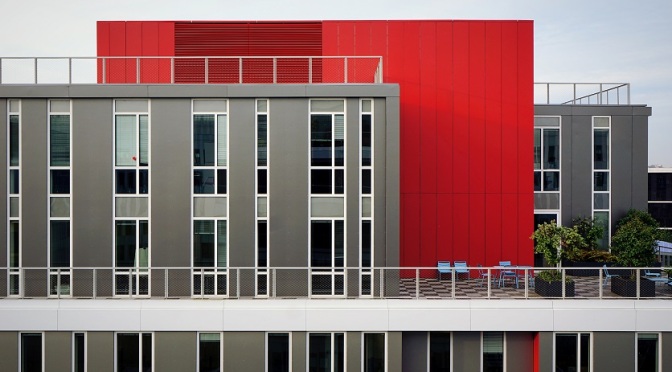There has been a developing trend in North American education, whereby despite occupying a majority in several specialized programs (like STEM), in a general sense male students are lagging behind their female peers: around 60 per cent of university populations are female, and in school girls perform better than boys on standardized tests. In attempting to explain these developments, researchers are pointing towards two issues that seem diametrically opposed: the misdiagnosis of ADHD in students and the very high rates of ADHD diagnoses for boys.
Some symptoms of ADHD in children include trouble keeping still, excessive daydreaming, difficulty sleeping, and copious activity. In a traditional learning environment—where students are expected to remain seated and focused on a single activity for long periods of time—ADHD is often misdiagnosed as a learning disability in boys when they fail to perform well on assignments. ADHD is not a learning disability, though it does affect learning. On the other side of the coin, there is a proliferation of ADHD diagnoses in boys when in reality most boys are simply kinetic learners (which more and more educators are realizing the need to recognize). Kinesthetic learning provides a constructive outlet for pent-up physical energy by providing a more hands-on learning approach, but it is most often associated with PE class. Research has also shown that concept-based learning—tackling multiple concepts within a lesson instead of maintaining a steady uninterrupted stream of unchanging verbiage—can also maintain a child’s focus and direct their attention.
While the correct diagnosis of medical neurobiological disorders is an issue that falls outside the purview of my authority, I can contribute to the discussion on how private schools are helping both kinetic learners and ADHD students. St. Jude’s Academy specifically is equipped to engage male students who have been perfunctorily labeled as simply “hyperactive” by the public school system: we do not confine our students to desks, we let them move around. Our curriculum is designed to accommodate physical health and it also promotes student interactivity.
Private schools provide individualized learning and possess greater resources to help these students thrive. If any student begins to fall behind, they are not left behind. Thanks to small class sizes or small student-teacher ratios, teachers can come up with and implement a learning style for specific students that will allow them to demonstrate their true potential.









